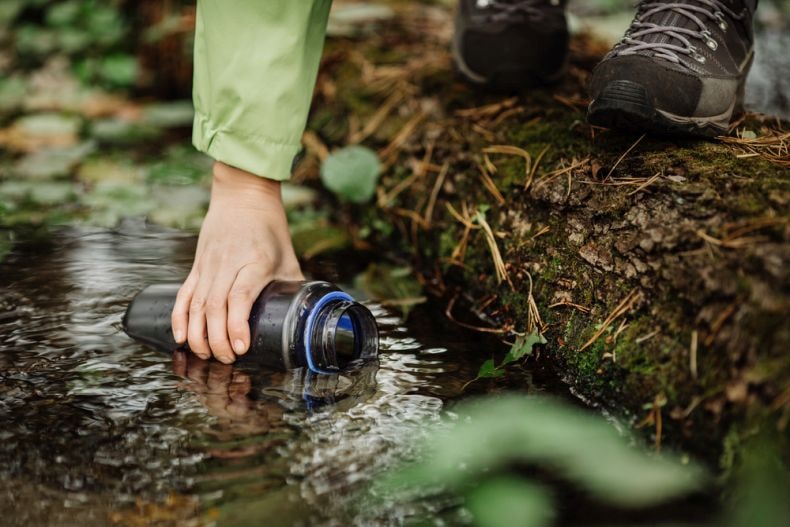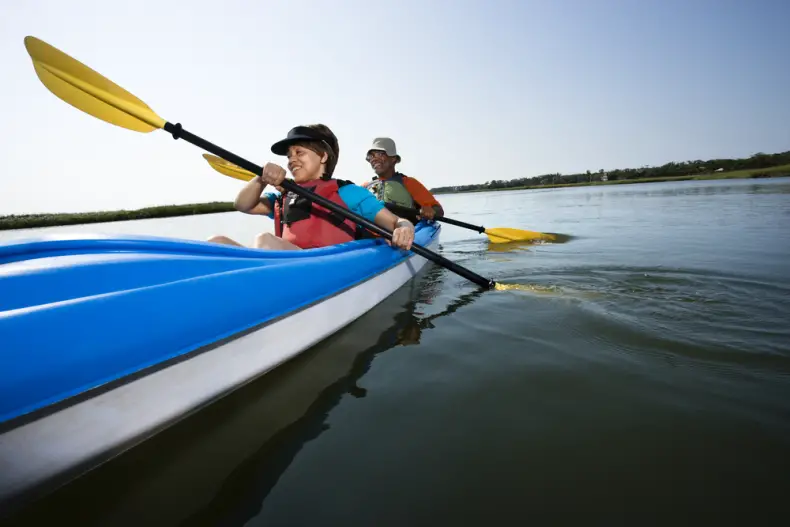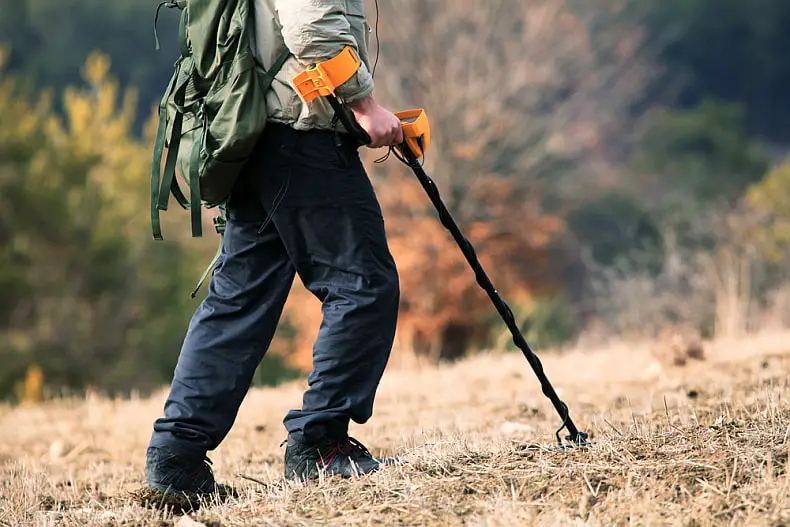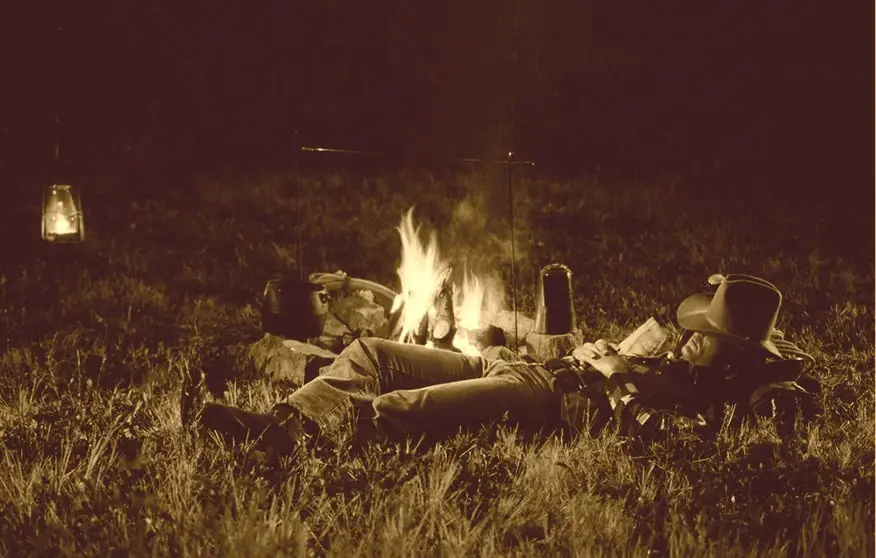When it comes down to surviving, a human being cannot last beyond 3 days without some form of water or liquid entering their body. It’s a scientific fact that even without water for a day, we will have issues. Yet you cannot drink something that’ll kill you, so it’s important to know ways to purify water in the wilderness too. Ideally, you want to always drink clean, clear water without pathogens.
First and foremost, you should always make sure to take a good portion of drinking water with you if you’re planning to go into the wild for a while. This can be hard to do, which is why there are great hydration backpacks that allow you to carry water in a sleeve that will perfectly fit in your bag.
Of course, a water bottle will be useful here too. This is what we like to call, preventing a problem before it starts. It can be very easy to get lost in the wild. You want to be prepared for this, which is why having purified water already present is essential.
However, should you go through all of your fresh water…eventually, you’re going to need to know how to purify water to make it safe. There are several ways to purify water as well as some misnomers revolving around popular ways it’s executed. We wanted to help with all of this so you know for sure that your water is safe drinking water!
Table of Contents
Boiling Water
It should be noted that water boiling can be very helpful when you’re gathering up some water you’re unsure about. The type of water you’ll see in these types of situations will usually be standing water.
Water sources that are not flowing but rather the type that sits and merely grows rather than move will definitely need to be treated. It is crucial to boil water of this type as it will likely contain pathogens from animals that crossed by. They do not always consider where they urinate and defecate, and some animals, such as deer, often die near or in a water source too.
Removing pathogens will be key for water purification, and boiling will help with this. Included in this is parasites and even tapeworms that’ll die in the boiling process. However, this does not “purify” the water honestly.
You can still get possible infections and even viruses from some water, even after you boil it. However, this is a good risk to take as both viruses and infections from the water will often take days to affect you. By then, you’ll hopefully be able to make it back to civilization.
Old School Water Filter Purification

Purifying water in one of the most common and old school forms is pretty easy, but you’ll need a few things first. Some of this we can add substitutes for later, but for now, you’ll just need:
- Two Water Bottles w/Cap
- Small Rocks/Gravel/Pebbles
- Charcoal
- Sand (both coarse and fine versions, if possible)
You’ll want to cut off the bottom of one of the bottles and keep the other as is. Go ahead and put in the gravel or small rocks. Next add the sand, followed by the charcoal. After that, make sure to add just a bit more sand above the charcoal.
Once you’re done with this, simply pour the random water that you have collected into this cut-off bottle. Be sure to have the bottle lid-to-lid with your second water bottle that you should not cut at any point.
Pouring the water through the filter with all of this stuff in-between should help to remove all the bad bacteria inside of the water. It will have gone through numerous filtration points by then.
On top of this, the rocks you put in first will help you avoid getting any random sand or charcoal into the water too. Once you’re done with this, you’ll have collected clear water that will usually be safe enough to drink right there. However, if at all possible, it is better to be safe than sorry. It’s a good idea to boil it as well.
Let the water boil until you get a small rolling boil and it’ll be safe to drink completely.
Steam Method
One way to purify water is to create steam that you could then collect. See, once water becomes steam it has gone from a liquid into a gas basically. By doing this, it will not carry any pathogens or bad bacteria with it.
All you need to do is have a collection source to catch the water that will be created from the steam you’re creating. This can be done in a few different ways. If you’re close to a water source as it is, there is a good shot that there will be something you can find to collect water.
If not, there will be items all over to create a container with.
Some of the biggest things you’ll need here is a tarp or large piece of plastic. If not, then cloth can do just as good but the way you’ll collect things or do the steam will need to differ wildly.
What we’re intending to do here is create a distillation system that can either be done with solar-power or via fire. Regardless of how you want to do it, the best methods utilize plastic and some form of tubing to collect water created by steam.
The tubing will pretty much be present inside your makeshift steam-center with the tube going into the outside, into the collection source. This concept will work but sadly take a good bit of time to do. Keep in mind, you’re collecting water made by steam.
Naturally, it’s going to be dripping into the collection source. Therefore, it’ll take several hours to get what amounts to a full bottle of water, much less a 2-liter. Yet this is an endless method that will produce safe drinking water every single time. Perfect for long-term survival.
Condensation Method
A lot like steam, condensation can also create safe liquid out of former gas. This is something you can get a lot more of when you’re near a water source while camping. However, the same method can be applied to get drinkable water.
However, the best thing to do is to gather up condensation from local plants by putting plastic around them and collecting what they give off overnight. This can be done mostly on small plants, especially those near trees in the shade.
Every morning, you can possibly collect a good amount of water this way. Of course, if there is any bamboo around then you can just drink water from those since they collect a lot of it over a long period of time. It’s also perfectly safe to drink too.
This type of thing won’t always be available, sadly. However, if you have the chance to collect condensation…it’s super easy and does not take much work on your part. Which can be key when you’re trying to survive and not expel too much energy.
Easier Methods

There are two things we’d always recommend taking with you in the wild. One is called the Lifestraw. It’s basically a straw that is made to drink water from random creeks or ponds, along with other freshwater sources.
It will filter the water of most of the bad stuff and it’s perfect for helping you drink water when you’re not sure about it and have no way to boil anything. We do not feel this is the best item to have over boiling, so be sure to only use it when you must.
Up next is a chemical treatment with purification tablets or drops. We prefer tablets. The best ones you can buy are the Aquatabs, as they have been cleared by the World Health Organization among other health institutions. They will do exactly as we mentioned, purify your drinking water.
While you can use other stuff such as bleach to clean water for you to drink, you have to be very careful in doing this. As you can only use a certain amount and we only recommend something like that for experts or those with a heavy Biology/Chemistry background.
That is why the Aquatabs are so great, as you do not need to know anything about those things. You just follow the instructions and boom, you’re good. They are also incredibly cheap to buy online, so you have no excuse here.
Conclusion
It now appears that you know some of the best ways to handle yourself in the wild when it comes to water. You now know how to purify water enough to drink it, which is a huge thing to have peace of mind about if you get lost while camping, hiking, or something similar.
We recommend trying out these techniques before you get stuck in these types of situations. If something like this does go down, you’ll at least be better equipped having practiced these things so often.







